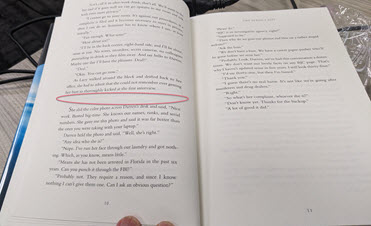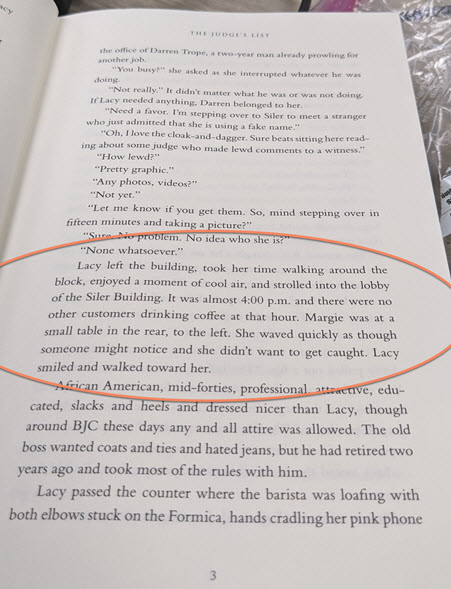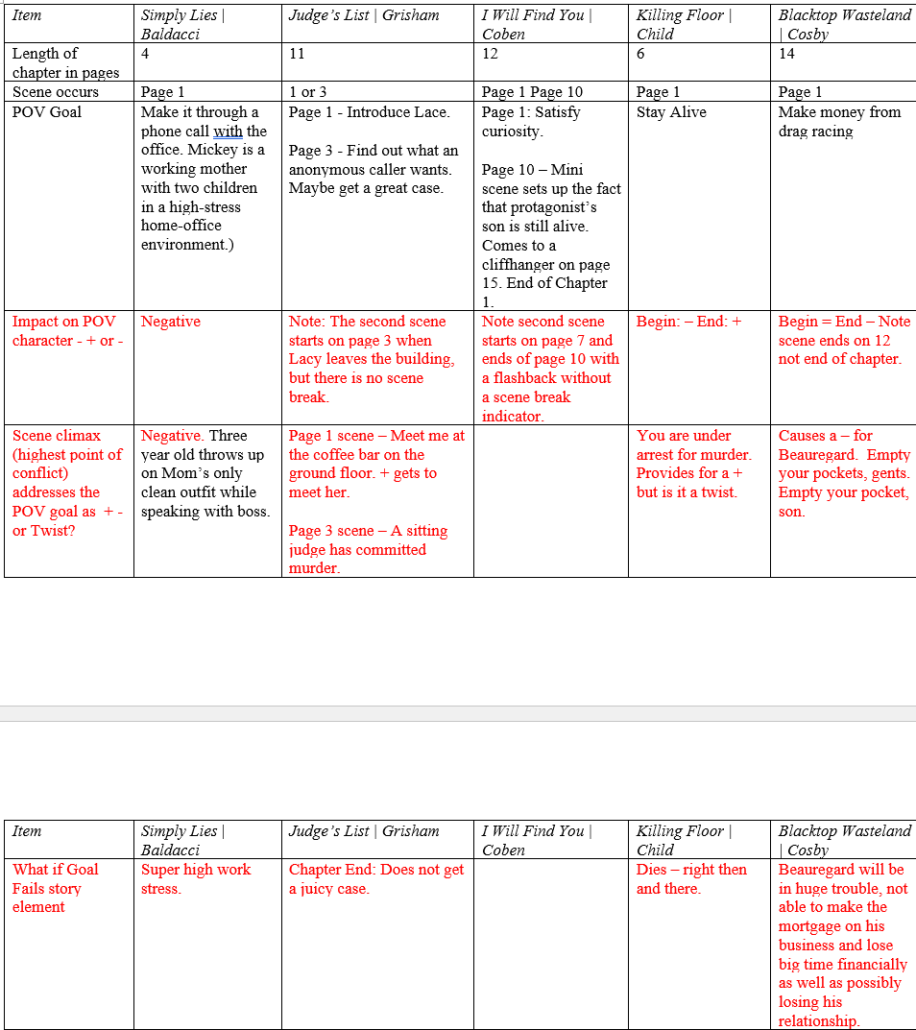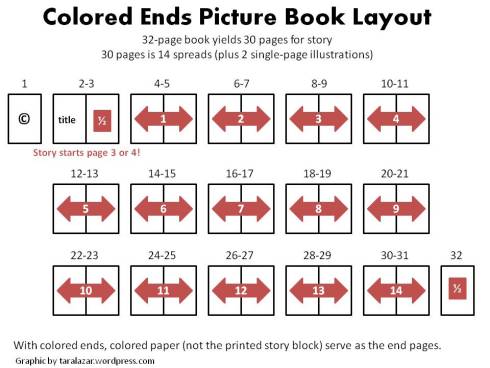This is a list of onomatopoeia words that I’ve compiled. They add zing and zest to writing, if used judiciously. (There’s some duplication. There’s a reason for that.) If you have additional words to suggest, please use my Contact page.
Alan Jordan’s List of Onomatopoeia words :
A
Aahhh
achoo
ahem
Ahem
ahem (vocal)
Arf
arf arf
Arghh
awe
Awooga, or Aooga, the sound of an old-fashioned vehicle horn
B
baa
bah
bam (collision)
Bang
bang (collision)
Bang! The sound of an explosion or a gunshot
bark
barroom
bash
bawl
beep
Beep, a high-pitched signal
Beep, beep, 1929 word for a car horn
belch (vocal)
blab
blare
bleep
blink
blip
bloop (water)
blurt
blurt (vocal)
boing
boink
bong
boo
Boo
boo hoo
boom
Boom, the sound of an explosion
bow wow
bray (animal)
Brrng
bubble
bump
burp
buzz
buzz (animal)
C
Cackle
cackle
Chatter
chatter
chatter (vocal)
cheep (animal)
Cheer
Ching, the sound of metal on metal
chirp (animal)
chomp
choo choo
chop
chortle (animal)
chow
chug
clang (collision)
Clank
clank
clank (collision)
Clap
clap (collision)
Clatter
clatter
clatter (collision)
Click
click
click (collision)
clink
clink (collision)
Clink, the sound of glass on glass
clip
clomp
cluck
cluck (animal)
clunk
cock a doodle doo
cock-a-doodle-doo (animal)
crack
Crackle
Crackle, the sound of wood burning
Crash
crash
crash (collision)
Crash, the sound of a heavy object falling or colliding
Creak, the sound a door makes when opening
crinkle
croak
crow
Crunch
crunch
crunch (collision)
cuckoo
cuckoo (animal)
D
ding (collision)
ding a ling
ding dong
Ding dong, the sound of a ringing bell
Ding-Dong
dip
dribble (water)
Drip
drip
drip (water)
drizzle (water)
drop
dunk
E
Eek
eek
eek (vocal)
ewe
Eeeee (expression of joy)
Ewww or oooh https://www.youtube.com/watch?v=t-yCg-0-baE (expression of ewe for amazement or disgust)
F
fisst (air)
Fizz
fizz
Fizz, sound of effervescence
fizzle
flap
flick
flip
flit
Flipflop
flop
flutter
flutter (air)
Flutter, sound of rapid motion, e.g. aeroelastic flutter
fwoosh (air)
G
gasp (air)
gee
giggle
giggle (vocal)
grate
grind
groan
groan (vocal)
Growl
growl
growl (vocal)
grumble
grunt
grunt (vocal)
gulp (vocal)
gurgle
gurgle (vocal)
H
ha
hack
Haha
hee haw
Hiccup
hiccup
hiss
hiss (animal)
ho ho ho
holler
Honk
honk
honk (animal)
Honk, sound of a car horn; also used for the call of a goose
hoot
hop
Howl
howl
howl (animal)
huh
hum
Hush
I
J
Jangle
Jingle
jingle (collision)
K
Kaboom, the sound of an explosion
ker-ching
kerchoo
kerplunk
knock (collision)
Knock, the sound of a knuckle or a knocker lightly striking a door
L
la
Lala
M
Meow
meow
Moan
moan
moan (vocal)
Moo
moo
mumble
mumble (vocal)
munch
Murmur
murmur
murmur (vocal)
N
Neigh
neigh
O
Oink
oink
oooh https://www.youtube.com/watch?v=t-yCg-0-baE (as in oooh ahhh)
Oom-pah, the rhythmical sound of a deep brass instrument in a band
ooze
ouch
owe
P
phew
Ping
ping
pitter patter
pizzazz
plink plunk
Plop
plop
plunk
Poof
poof
Pow
pow
Psst
purr (animal)
Q
Quack
quack (animal)
R
rattle
retch
Ribbit
ribbit
ribbit (animal)
Ring
ring
rip
Roar
roar
Rumble
Rumble
rush
Rustle
rustle
S
scrape
screech
screech (collision)
Shhh
shriek
shuffle
shush
sigh
Sizzle
Sizzle
sizzle
slam
slap (collision)
slop
Slosh
slurp
Smack
smack
smash (collision)
smooth
Snap, the sound of a twig breaking or wet wood on a fire
snarl
sniff
snuff
snort
splash (water)
Splash, sound of water upon disturbance
splat
Splat, the sound a tomato makes when it hits a hard surface
spray (water)
sprinkle (water)
squeak
squeal
squeal (vocal)
squirt (water)
Squish
Squish
squish
squall
Swish
swish
swish (air)
swoop
Swoosh
swoosh
swoosh (air)
T
Tap
tap
Thud
thud
thud (collision)
Thump
Thump
thump
thump (collision)
Tick tick tick, sound of a timer
tick tock
Tick tock, sound of a clock
Tick-Tock
Tlot (horse hooves)
Toot
toot
trickle
tsk
twang
tweet
tweet (animal)
twinkle
U
ughh
ummm
varoom
V
Vroom, sound of an engine revving up
vworp
W
waft (air)
wah
warble (animal)
wee
weep
whack
whiff
whiff (air)
Whimper
whimper
whimper (vocal)
whine
whip
whip (air)
Whirr
Whisper
whiz
whizz (air)
whoosh
whoosh (air)
Whoosh, sound of the wind
Woof
woof woof
X
Y
yakety yak
yap
yawn
yell
yelp
yikes
yip
yip pee
Z
zap
Zap, sound of an electrostatic discharge
zig zag
zing
Zip
zip
zonk
Zoom
zoom
Many of the words come from these sources. Also, there’s some interesting information on these pages.
https://examples.yourdictionary.com/5-examples-of-onomatopoeia.html
https://thinkwritten.com/onomatopoeia/
https://www.sps186.org/downloads/basic/607638/OnomatopoeiaWordListActivity.pdf
https://www.examples.com/education/onomatopoeia-examples.html






